Call or Text us at

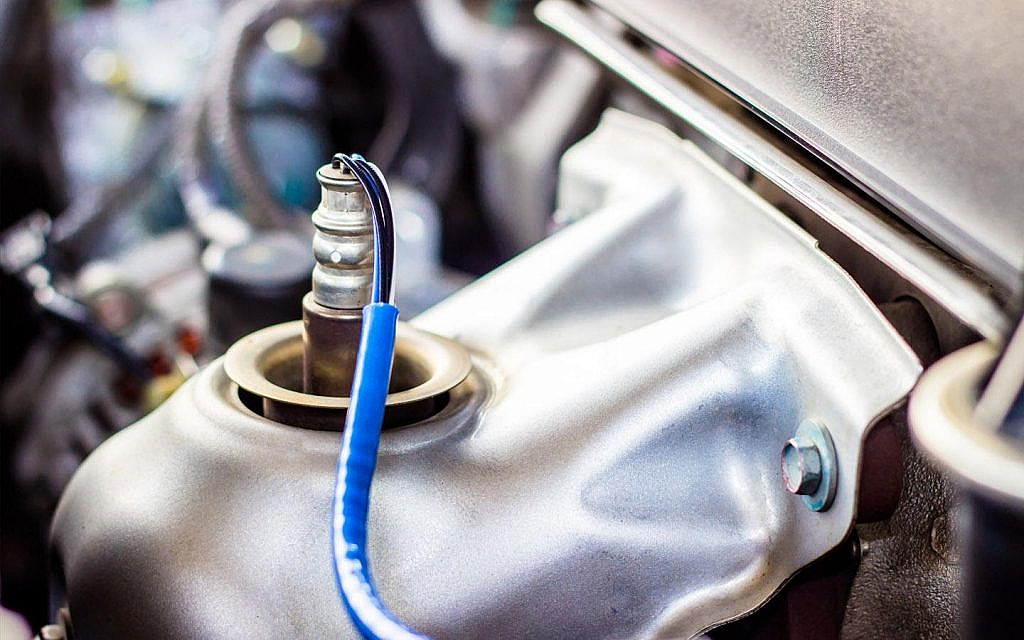
At Beach Auto Repair, our skilled technicians specialize in diagnosing and
resolving automotive oxygen sensor (O2 sensor) issues. We investigate problems like
poor fuel efficiency, check engine light triggers, or sluggish engine performance.
Based on your vehicle's unique needs, we promptly conduct the required O2 sensor
repairs or replacements. Our experienced technicians
efficiently and professionally address O2 sensor concerns, ensuring your vehicle
runs optimally and meets emissions standards. Contact us for expert automotive O2
sensor services to enhance your vehicle's efficiency and reliability.
Call or Text us at
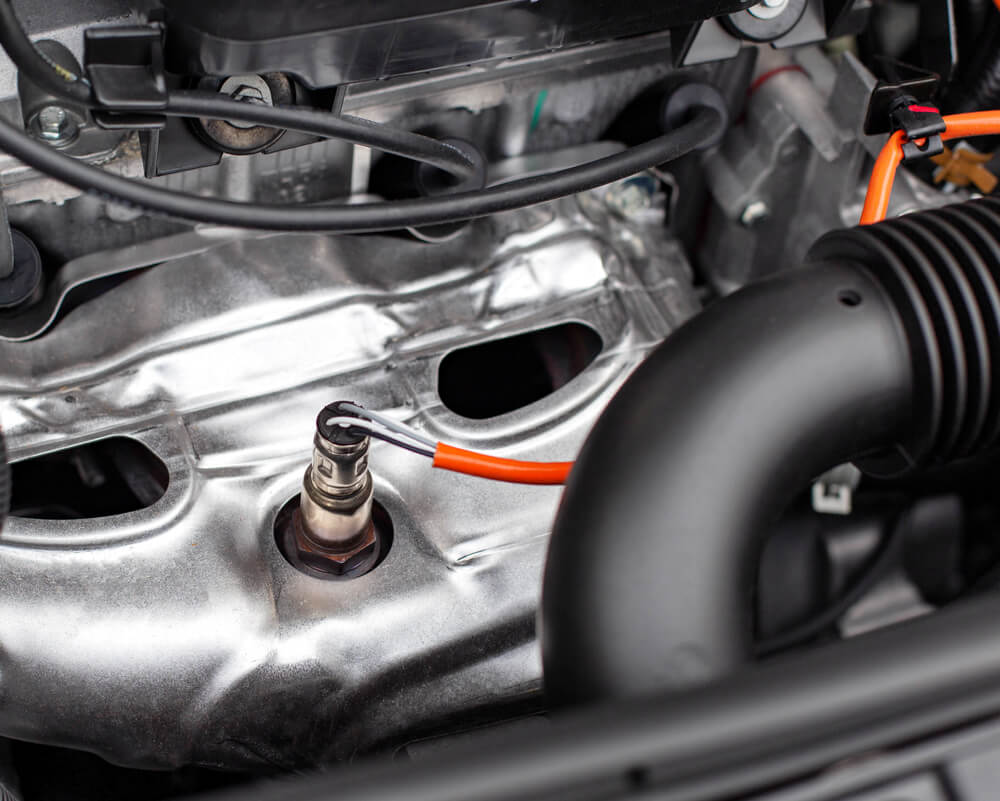



There are several key aspects to be aware of when it comes to the purpose of automotive oxygen (O2) sensors. Here are some important points to consider:
1. Emission Control: One of the primary purposes of O2 sensors in automotive systems is emission control. These sensors monitor the amount of oxygen in the exhaust gases, which is a crucial parameter for the engine control unit (ECU) to optimize the air-fuel mixture. By providing real-time feedback, O2 sensors help the ECU adjust the fuel injection to achieve the ideal air-fuel ratio for combustion.
2. Fuel Efficiency: O2 sensors play a significant role in improving fuel efficiency. They ensure that the engine is neither running too rich (excess fuel) nor too lean (insufficient fuel). This fine-tuning of the air-fuel mixture helps maximize combustion efficiency, which in turn reduces fuel consumption and emissions.
3. Reduced Emissions: O2 sensors are a critical component in reducing harmful emissions from the vehicle's exhaust system. By ensuring the correct air-fuel mixture, these sensors help minimize the production of pollutants, such as carbon monoxide (CO), nitrogen oxides (NOx), and hydrocarbons (HC), which are harmful to the environment and human health.
4. Catalytic Converter Efficiency: O2 sensors also play a vital role in monitoring the performance of the catalytic converter. The catalytic converter relies on precise air-fuel ratios to effectively convert harmful emissions into less harmful substances. O2 sensors provide feedback to the ECU to maintain the optimal conditions for catalytic converter operation.
5. Engine Performance: Proper air-fuel mixture regulation by O2 sensors directly impacts engine performance. When the engine receives accurate data from these sensors, it can operate at peak power and torque levels. This ensures a responsive and efficient driving experience.
6. Cold Start Control: O2 sensors are essential during cold starts. They help the ECU provide an enriched fuel mixture when the engine is cold to facilitate ignition and reduce emissions until the engine reaches its optimal operating temperature.
7. Oxygen Sensor Types: There are two primary types of O2 sensors in modern vehicles: upstream (pre-catalytic converter) and downstream (post-catalytic converter) sensors. Upstream sensors monitor the air-fuel mixture before it enters the catalytic converter, while downstream sensors monitor the exhaust gases after they have passed through the converter.
8. Sensor Maintenance and Replacement: Over time, O2 sensors can wear out or become contaminated, leading to inaccurate readings and reduced performance. Regular maintenance and replacement of these sensors are essential to maintain optimal engine performance and emissions control.
9. Check Engine Light (CEL) Codes: A malfunctioning O2 sensor can trigger the vehicle's CEL, indicating a problem. Diagnostic trouble codes related to O2 sensor issues are common, and addressing them promptly can prevent further damage to the engine and ensure compliance with emissions regulations.
By understanding these key points about the purpose of automotive oxygen (O2) sensors, vehicle owners and technicians can appreciate their vital role in achieving better fuel efficiency, reducing emissions, and optimizing engine performance.
There are several key aspects to be aware of when it comes to common failures in automotive oxygen (O2) sensors. Here are some important points to consider:
1. Sensor Degradation: Over time, O2 sensors can degrade due to exposure to high temperatures and contaminants in the exhaust gases. This degradation can result in a decrease in sensor sensitivity and accuracy, leading to incorrect readings and potential engine performance issues.
2. Contamination: O2 sensors are exposed to various contaminants in the exhaust stream, including oil, coolant, and silicone-based sealants. Contamination can lead to sensor fouling, reduced responsiveness, and erroneous readings. It's essential to prevent these substances from coming into contact with the sensor.
3. Sensor Age: O2 sensors have a finite lifespan. Most sensors are designed to last between 30,000 to 100,000 miles, depending on the type and manufacturer. As sensors age, their performance can deteriorate, leading to reduced fuel efficiency, increased emissions, and potential engine problems.
4. Faulty Wiring or Connectors: Wiring harnesses and connectors that connect the O2 sensor to the vehicle's electrical system can become damaged or corroded. Faulty connections can result in poor sensor performance or even a complete loss of signal. Regular inspection of the wiring and connectors is essential.
5. Heat Damage: O2 sensors are exposed to high temperatures in the exhaust system, which can lead to heat damage. This can cause the sensor's protective coating to deteriorate, affecting its performance. Additionally, excessive heat can cause the sensor to become stuck in the exhaust pipe or manifold, making removal difficult.
6. External Impact: Physical impact or damage to the sensor, such as from road debris or improper handling during maintenance, can lead to sensor failure. Even minor damage to the sensor's housing can compromise its ability to operate correctly.
7. Silicone Contamination: The use of silicone-based sealants near O2 sensors can be problematic. When these sealants are exposed to high temperatures, they can release silicone particles that may contaminate the sensor, leading to inaccurate readings and sensor failure.
8. Faulty Heater Circuit: Many O2 sensors have an integrated heater circuit that helps the sensor reach its operating temperature quickly. If the heater circuit fails, the sensor may not function correctly, especially during cold starts.
9. Environmental Factors: Environmental conditions, such as exposure to road salt or moisture, can accelerate sensor deterioration and corrosion. It's essential to protect O2 sensors from these factors whenever possible.
10. Erroneous Check Engine Light (CEL) Codes: A failing or degraded O2 sensor can trigger false CEL codes. These codes may indicate problems with the sensor itself or other related components, leading to unnecessary diagnostics and repairs if not addressed promptly.
By understanding these key points about common failures in automotive oxygen (O2) sensors, vehicle owners and technicians can proactively address sensor issues, ensure accurate engine performance, reduce emissions, and prevent unnecessary repairs. Regular sensor inspection and timely replacement when needed are essential for maintaining optimal vehicle performance.
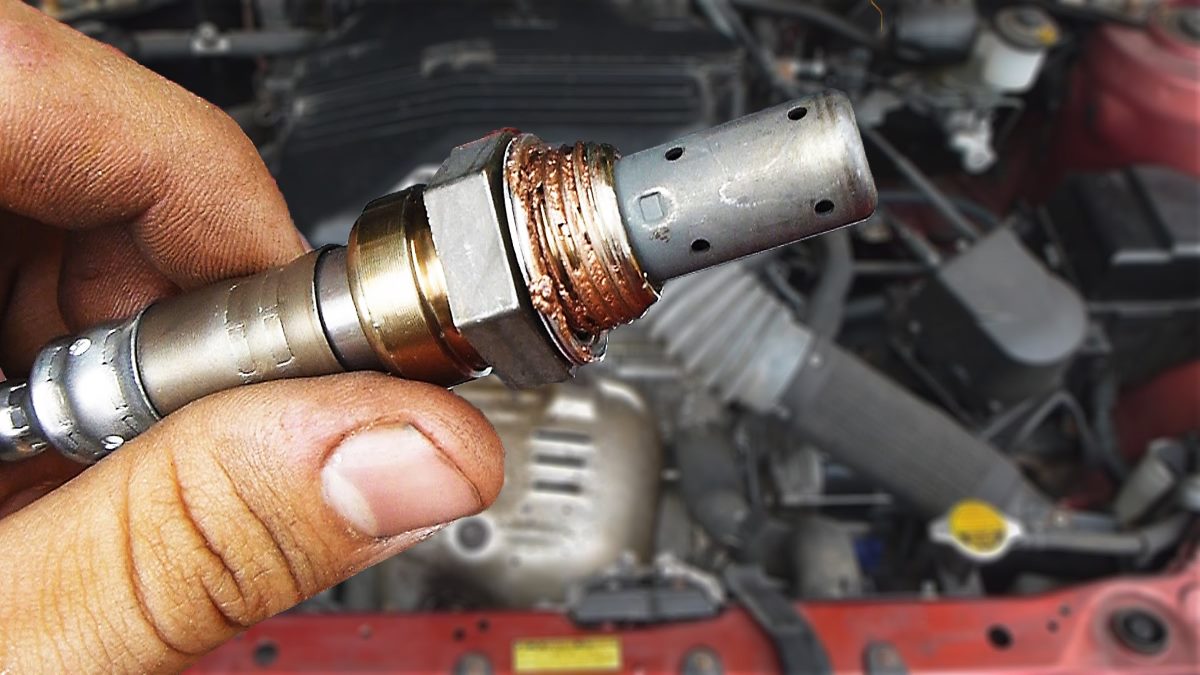

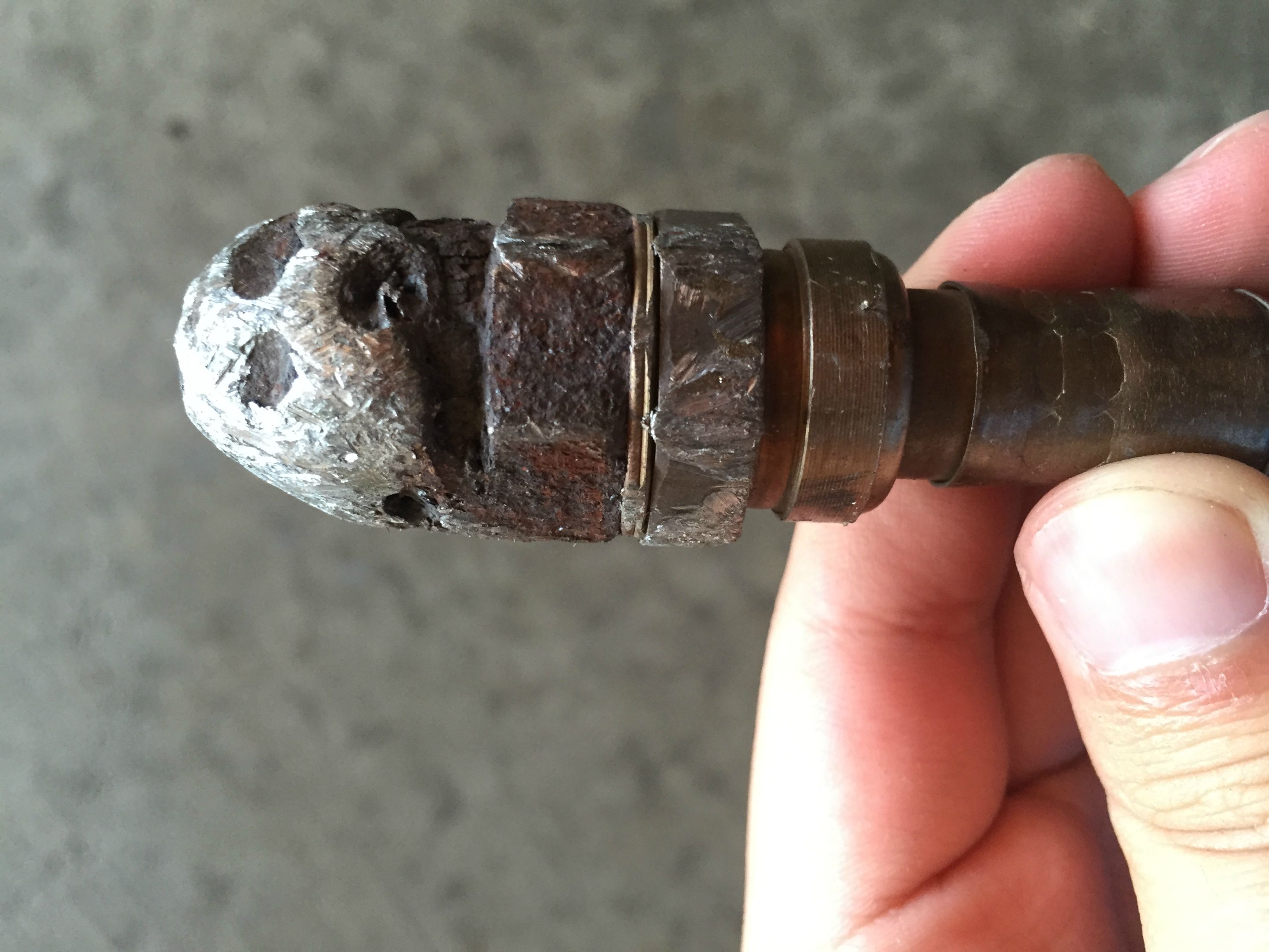

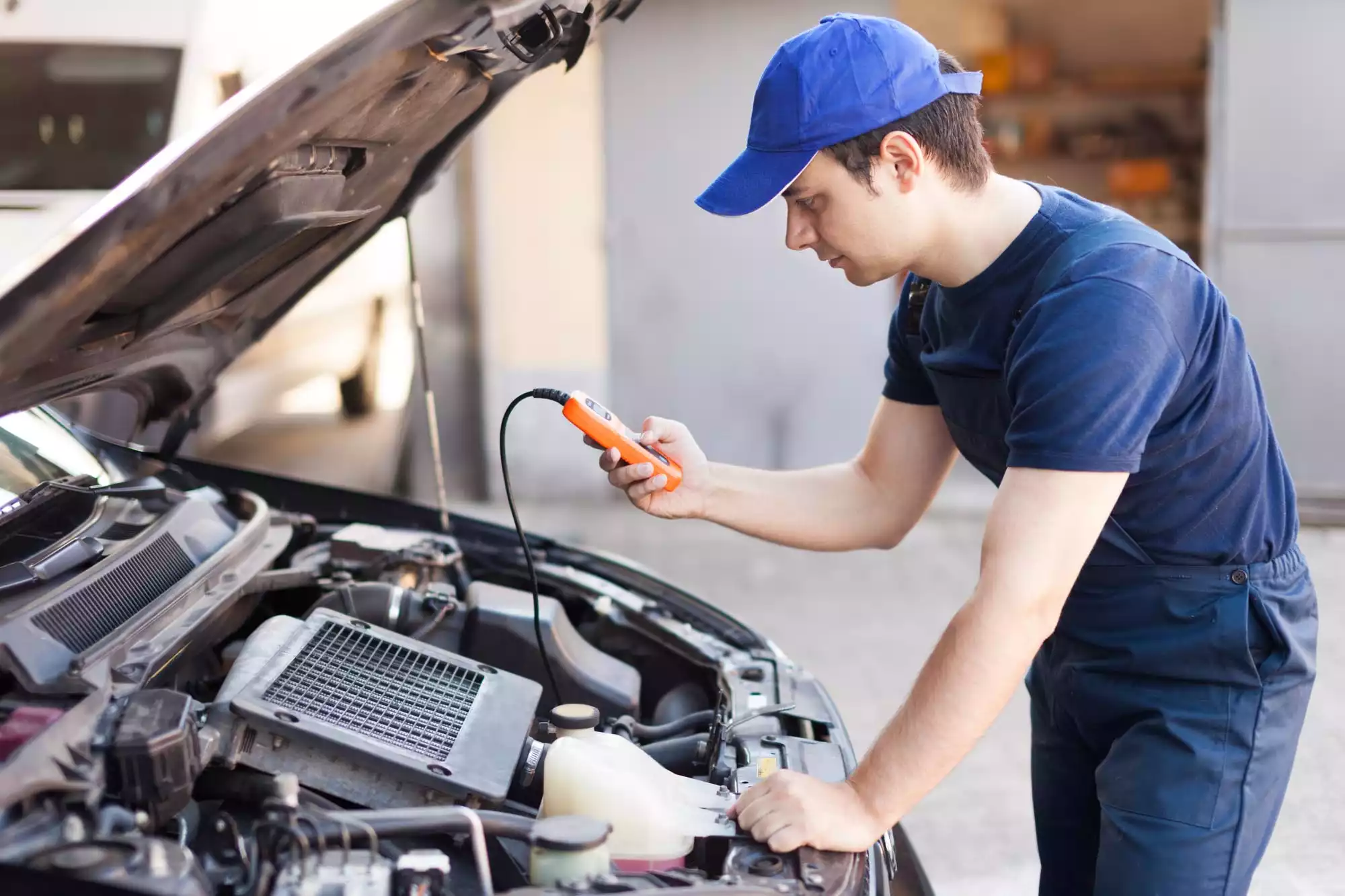

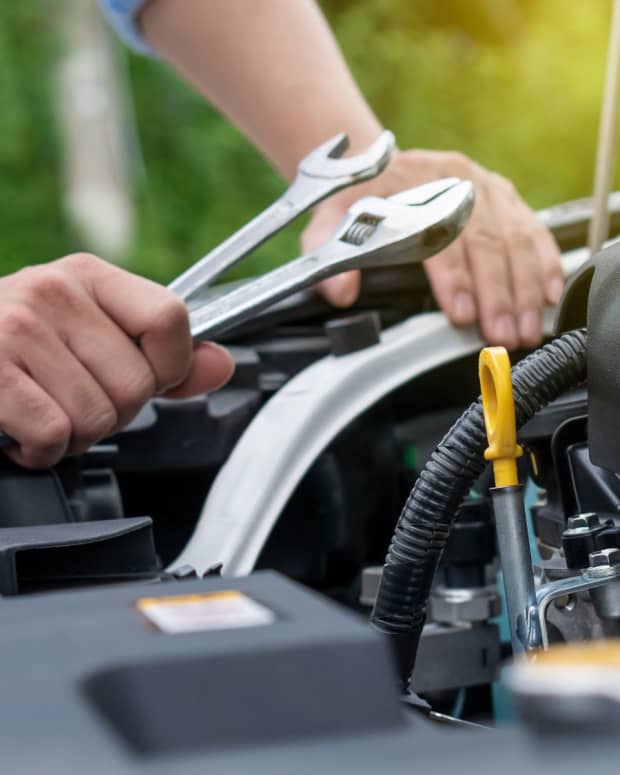

There are several key aspects to be aware of when it comes to servicing automotive oxygen (O2) sensors. Here are some important points to consider:
1. Regular Inspection: Just like any other vehicle component, it's crucial to regularly inspect your oxygen (O2) sensors for signs of wear, damage, or contamination. Check for loose connections, damaged wires, or sensor housing issues. Early detection of O2 sensor problems can prevent engine performance issues and reduce emissions.
2. O2 Sensor Replacement: O2 sensors have a limited lifespan and can become less effective over time. Depending on the type and manufacturer, O2 sensors typically need replacement every 30,000 to 100,000 miles. Replacing old or faulty sensors is essential to maintain accurate air-fuel mixture control and minimize emissions.
3. Diagnosing O2 Sensor Faults: If your vehicle's Check Engine Light (CEL) illuminates, it may indicate a problem with the O2 sensor. Using a diagnostic tool, a technician can retrieve error codes related to the sensor. Proper diagnosis is crucial to determine whether the sensor needs replacement or if there are other underlying issues.
4. Sensor Location: Most vehicles have multiple O2 sensors, including upstream (pre-catalytic converter) and downstream (post-catalytic converter) sensors. Understanding the location and function of each sensor is vital for accurate diagnosis and replacement.
5. Quality Replacement Sensors: When replacing O2 sensors, it's essential to use high-quality, OEM (Original Equipment Manufacturer) or reputable aftermarket sensors. Low-quality sensors may not provide accurate readings and can lead to poor engine performance.
6. Sensor Connector Care: Pay attention to the sensor connectors and wiring. Ensure they are clean and securely connected to prevent signal interruptions that can trigger erroneous error codes and affect engine performance.
7. Environmental Factors: O2 sensors are exposed to harsh environmental conditions, including heat and contaminants in the exhaust gases. Protecting the sensor from contamination and damage can prolong its lifespan and reliability.
8. Heated vs. Unheated Sensors: Some vehicles use heated O2 sensors, which reach operating temperature more quickly for improved accuracy. Ensure you replace a faulty sensor with the correct type, as specified by the manufacturer.
9. Clearing Error Codes: After replacing an O2 sensor, it's important to clear any stored error codes and reset the CEL. This will allow the ECU to relearn and adapt to the new sensor's readings.
10. Professional Service: While some O2 sensor maintenance tasks can be performed by DIY enthusiasts, proper diagnosis and replacement are best left to trained technicians. They have the expertise and tools to ensure accurate sensor installation and diagnose related issues.
By understanding these key points and staying proactive in maintaining your automotive oxygen (O2) sensors, you can ensure your vehicle's engine operates efficiently, reduces emissions, and maintains optimal performance. Regular inspection and timely replacement of O2 sensors when necessary are essential for overall vehicle health.
Let us know how we can help.